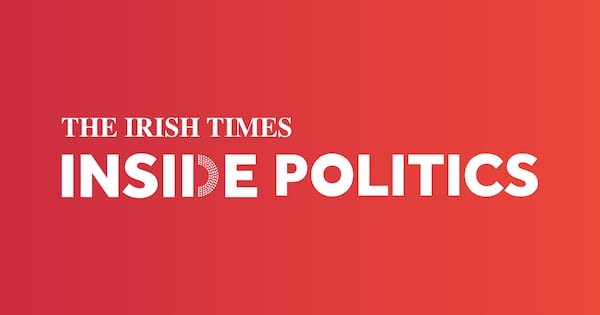Ambiguity has its place in most forms of politics, where what’s unsaid or hinted at, what’s emphasised or how something is said, can carry significant weight without being explicit.
With the election of the Ceann Comhairle it was suggested to Fianna Fáil and Fine Gael TDs by their leaders that the election of Verona Murphy would align with the political interests of the parties. The negotiation of the programme for government – when it came to involving Independent TDs – was conducted in a way that Ministers could go out and say there had been no deals.
Nonetheless, Independents convened around Tipperary North TD Michael Lowry clearly felt there was a pathway for them to secure benefits for their constituents. When it came to the bitter row over speaking time, ambiguity over who was and wasn’t a Government TD persisted for weeks – it suited the Independent TDs, although some in Government were irked by sending out their deputies to defend the position against potent Opposition attack.
In the course of that row, a series of emails sent to the Ceann Comhairle have created a new ambiguity: just how big is the Government’s majority? On paper, the number of Government-supporting TDs was assumed to be 95 – the 86 Fine Gael and Fianna Fáil TDs supplemented by nine votes drawn from the Regional Independents and the Healy-Raes, copper-fastened by five ministerial positions handed out.
READ MORE
But last Thursday, Danny Healy-Rae, Barry Heneghan and Gillian Toole emailed Murphy – using strikingly similar language – telling her they were not to be considered Government backbench TDs under any circumstances and that they would cast votes in the Dáil on a “case-by-case basis”.
Mattie McGrath and Carol Nolan, recent arrivals to the group who were not involved in Government formation talks and not considered to be part of the Government majority, sent similar emails, as did Lowry – but he eschewed the “case-by-case” clause.
There are different ways of looking at these emails: they could be purely political, an attempt to convince Murphy of their independent bona fides, and bolster the argument that they should be allowed the privileges of Independent TDs when it came to speaking time. Incidentally, this is an argument Murphy emphatically rejected when weighing their previous public statements.
Alternatively, there appears to be a reversing of their previous position, summed up by Lowry as supporting the Government on good days and bad.
Nobody in Government is fretting about an imminent threat to their majority – most presume at least Lowry and both Healy-Raes will vote with the Coalition, and point to occasional support from others. However, there is a deep annoyance in some quarters over the gulf between the basis on which the deal was agreed and the position as articulated in the emails.
Two senior sources surmised that the Government can now effectively rely on the votes of 91 TDs. There are frustrations with Lowry, with a Fianna Fáil figure saying he “bit off more than he could chew”. The larger parties say they negotiated five ministerial roles for Independent TDs on the basis they were bringing nine votes to the table. Now, the true size of the majority is uncertain – but is certain to be tested.
The reality is Government majorities tend to be depleted over time. And the Opposition will try to edge the Independents towards positions that will leave them uncomfortable. The Coalition may be about to find out there are limits to the usefulness of ambiguity.
- Sign up for push alerts and have the best news, analysis and comment delivered directly to your phone
- Join The Irish Times on WhatsApp and stay up to date
- Listen to our Inside Politics podcast for the best political chat and analysis












